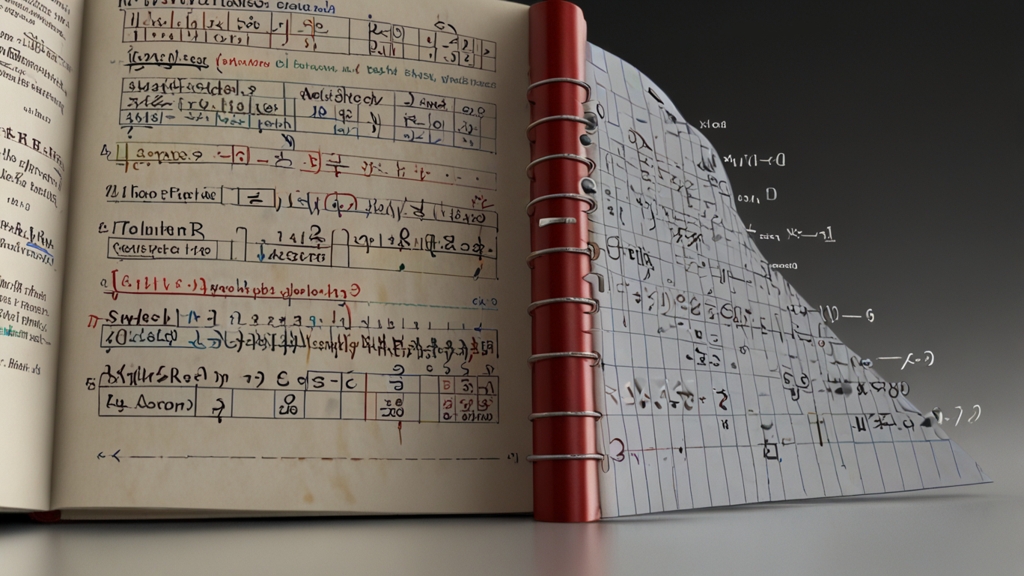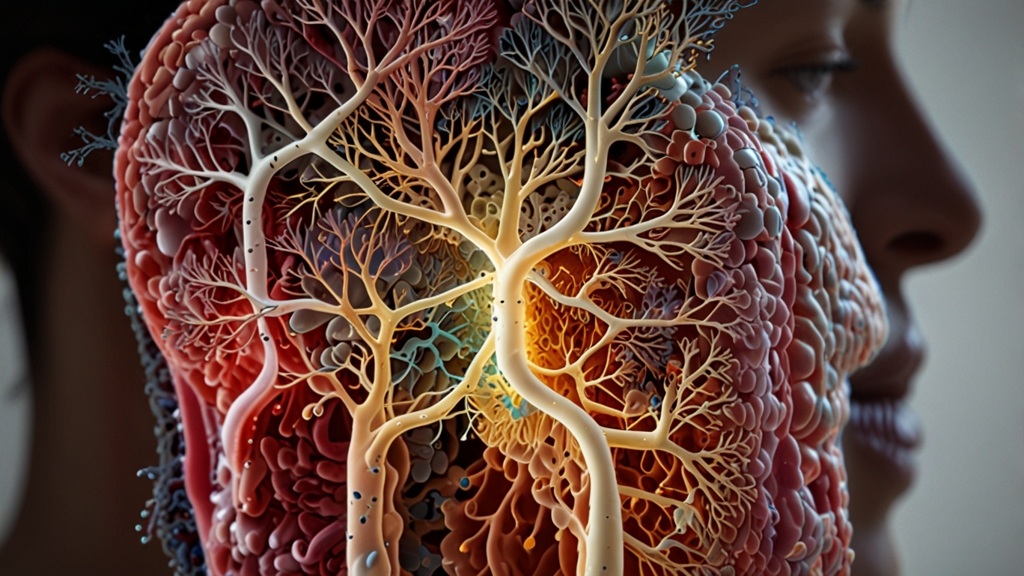Statistics: The Art of Making Sense of Chaos
In a world inundated with information, making sense of the chaos around us can be a monumental challenge. Whether it's understanding global economic trends, predicting the weather, or even deciding which movie to watch next, the ability to extract meaningful insights from a sea of data is essential. Enter statistics, a powerful discipline that turns disorder into clarity and uncertainty into informed decision-making.
The Foundation of Statistical Thinking
Statistics is often defined as the science of collecting, analyzing, interpreting, presenting, and organizing data. At its core, the discipline revolves around understanding and quantifying uncertainty. Statisticians strive to make sense of data patterns and leverage this understanding to draw conclusions about a broader population or phenomenon. By employing a variety of methods and techniques, statistics transforms raw data into actionable insights.
"Statistics: the only science that enables different experts using the same figures to draw different conclusions." - Evan Esar
This quote by American humorist Evan Esar underscores the complexity and nuanced nature of statistics. While it provides tools for making sense of chaos, the interpretations can vary based on the methodology and perspective of the analyst.
Applications of Statistics in the Real World
The practical applications of statistics are virtually limitless and permeate every aspect of modern life. Here are a few notable examples:
Healthcare
In the medical field, statistics is crucial for understanding the efficacy of treatments, tracking the spread of diseases, and making public health decisions. Clinical trials, which are fundamental for approving new medications and therapies, rely heavily on statistical methods to ensure that results are valid and reliable.
Economics and Finance
Economists and financial analysts use statistical tools to model and predict economic trends, assess risk, and make investment decisions. From analyzing consumer behavior to forecasting market fluctuations, statistics helps stakeholders navigate the complexities of the global economy.
Environmental Science
Environmental scientists employ statistics to monitor climate change, understand ecological dynamics, and develop sustainable practices. By analyzing vast amounts of environmental data, they can make predictions about future conditions and recommend strategies to mitigate adverse effects.
"The greatest value of a picture is when it forces us to notice what we never expected to see." - John Tukey
This insight from John Tukey, a pioneering statistician, highlights another essential aspect of statistics: its ability to reveal hidden patterns and insights. By visualizing data, statisticians can uncover relationships and trends that might otherwise remain obscured.
Challenges and Misconceptions
Despite its profound utility, statistics is not without its challenges and misconceptions. One common issue is the misinterpretation or misuse of statistical data. For example, correlation does not imply causation, yet this fundamental principle is often overlooked, leading to erroneous conclusions.
Additionally, the quality of the data itself plays a critical role in the reliability of statistical analysis. Poorly collected or biased data can lead to misleading results, emphasizing the importance of rigorous data collection and validation processes.
The Future of Statistics
As the world becomes increasingly data-driven, the demand for statistical expertise is set to grow. Emerging fields such as data science and machine learning rely heavily on statistical principles to build predictive models and algorithms. The integration of advanced computational tools and techniques promises to push the boundaries of what statistics can achieve.
Moreover, the democratization of statistical tools means that more individuals and organizations can harness the power of data. User-friendly software and platforms make it easier for non-experts to perform statistical analysis, widening the scope of its application.
Conclusion
Statistics is more than just a branch of mathematics; it is an art form that transforms chaos into order. By providing a framework for understanding uncertainty and variability, statistics empowers us to make informed decisions in an unpredictable world. As we continue to advance technologically and collect ever-greater amounts of data, the importance and impact of statistics will undoubtedly continue to grow.
"In God we trust. All others must bring data." - W. Edwards Deming
The words of statistician and quality control expert W. Edwards Deming remind us of the central role that data—and by extension, statistics—plays in our quest for knowledge and understanding. In an age of information overload, statistics remains an invaluable tool for deciphering the complexities of the world around us.











